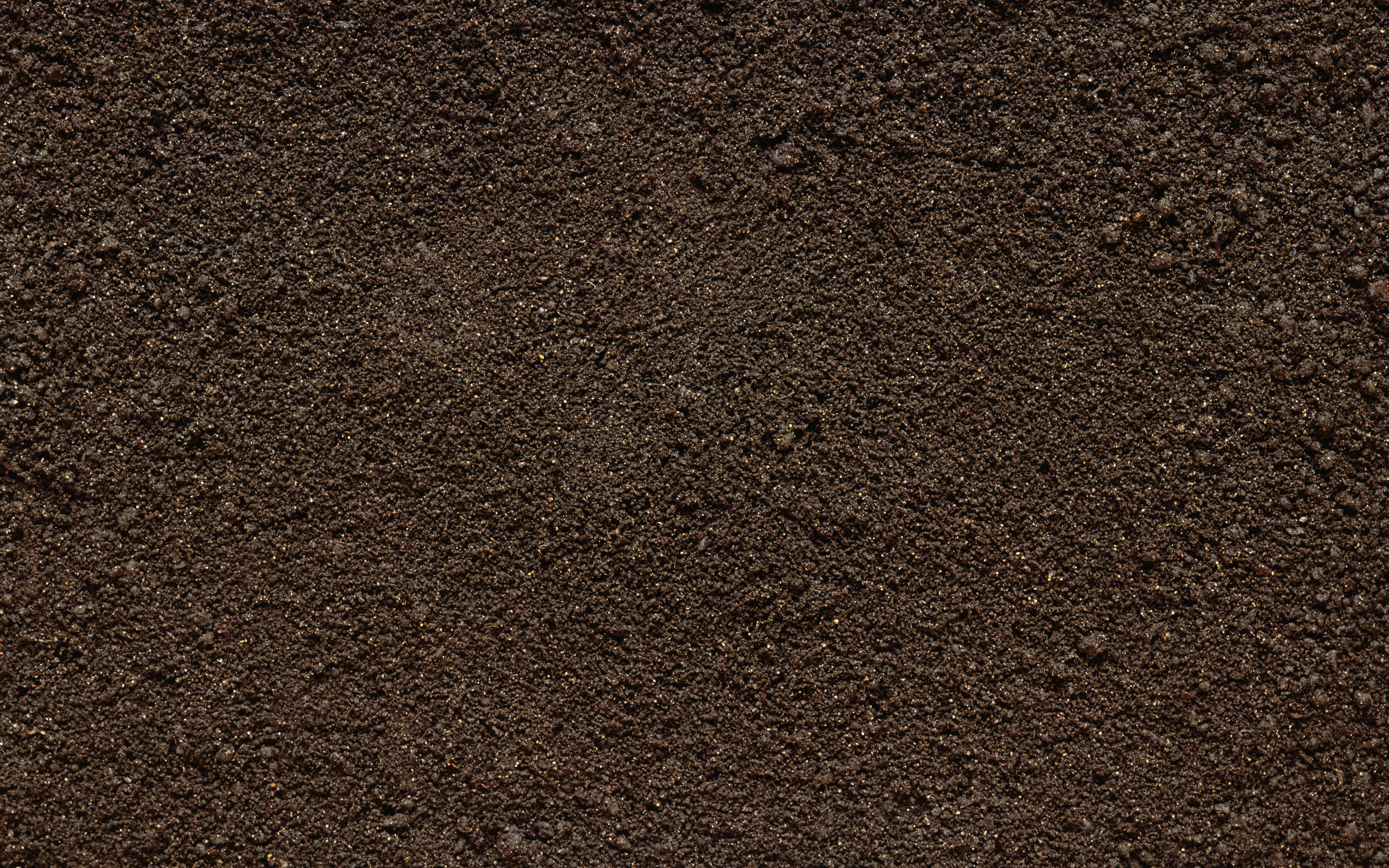Welcome to the ultimate guide to garden fertilizers! In this article, we will explore the wonderful world of fertilizers and their vital role in keeping your garden thriving and vibrant. Whether you have a small urban garden or acres of farmland, we’ve got you covered with a range of options that are suited to every type of garden.
One of the key aspects we’ll be discussing is the use of organic soils. These nutrient-rich soils are derived from natural sources and provide a healthier alternative to their synthetic counterparts. By embracing organic soils, you not only nourish your plants but also contribute to the overall well-being of the environment.
Throughout this guide, we will delve into various types of fertilizers that are specifically designed to meet the needs of every garden. From liquid fertilizers to slow-release granules, we’ll explore the benefits and application methods of each, empowering you to make well-informed decisions for your garden’s specific requirements.
With the right fertilizers at your disposal, you’ll be able to enhance soil fertility, promote healthy growth, and amplify the beauty of your garden. So, let’s embark on this journey together and discover the wonders of fertilizers that will make your garden thrive like never before!
Benefits of Organic Soils
When to pick corn
Organic soils offer numerous advantages for gardeners of all levels of experience. By incorporating organic matter into your garden beds, you can improve soil structure, enhance nutrient availability, and promote beneficial microbial activity.
First and foremost, organic soils greatly improve soil structure. The addition of organic matter, such as compost or well-rotted manure, helps to bind loose particles together, resulting in a soil that is more resistant to erosion and compaction. This improved structure allows for better water infiltration and drainage, ensuring that plant roots have access to both moisture and oxygen.
Furthermore, organic soils are rich in nutrients. Unlike synthetic fertilizers, which often provide a narrow range of essential elements, organic matter releases nutrients slowly and continuously over time. This steady supply of nutrients helps to maintain a balanced soil fertility, minimizing the risk of nutrient deficiencies or toxicities that can hinder plant growth.
In addition to nutrient availability, organic soils foster the growth of beneficial microorganisms. These microscopic organisms break down organic matter, releasing nutrients and improving soil fertility. They also play a vital role in suppressing harmful pathogens, improving soil aeration, and enhancing overall plant health.
In conclusion, incorporating organic soils into your garden beds can bring numerous benefits. Not only does it improve soil structure, enhancing water infiltration and drainage, but it also provides a continuous supply of nutrients and supports beneficial microbial activity. By embracing organic gardening practices, you can create a thriving garden that is both sustainable and environmentally friendly.
Choosing the Right Fertilizer
When it comes to selecting the right fertilizer for your garden, it’s important to consider the specific needs of your plants. Different plants have different nutrient requirements, so it’s crucial to choose a fertilizer that provides the right balance of nutrients.
First and foremost, you’ll want to determine whether you prefer organic or synthetic fertilizers. Organic fertilizers are derived from natural sources such as compost, manure, or bone meal. They are generally considered to be more environmentally friendly and suitable for long-term soil health. On the other hand, synthetic fertilizers are made from chemical compounds that are specifically formulated to deliver specific nutrients to your plants.
Next, you’ll need to consider the nutrient ratio of the fertilizer. This ratio is usually represented by three numbers, such as 10-10-10 or 5-10-5, indicating the percentages of nitrogen, phosphorus, and potassium (N-P-K) in the fertilizer. Nitrogen promotes leafy growth, phosphorus stimulates root development, and potassium enhances overall plant health and resistance to diseases.
Lastly, take into account the specific needs of your garden. Some plants may require additional micronutrients like calcium, magnesium, or iron. In such cases, look for fertilizers that contain trace minerals to ensure your plants receive all the necessary nutrients for optimal growth.
By considering these factors, you’ll be well-equipped to choose the right fertilizer that meets the unique needs of your garden and promotes healthy plant growth.
Application Techniques
Spread evenly: When applying fertilizers to your garden, it is important to spread them evenly across the soil. This ensures that all plants receive a balanced amount of nutrients. Uneven distribution can lead to some plants receiving too much fertilizer while others may not get enough. To achieve an even spread, use a garden rake or a spreader tool, moving in a methodical back-and-forth motion.
Water thoroughly: After applying fertilizers, it is crucial to water your garden thoroughly. Water helps to activate the fertilizers and allows the nutrients to seep into the soil, reaching the plant roots. Ensure that the water reaches all areas of the garden, including the root zone. This will help prevent nutrient leaching and make sure that the plants can efficiently absorb the fertilizers.

Follow recommended guidelines: Different fertilizers have varying application guidelines, so it is essential to follow the instructions provided by the manufacturer. These guidelines often specify the recommended application rates and the frequency of application. Over-application can lead to nutrient imbalances and harm the plants, while under-application may not provide enough nutrients for healthy growth. By following the recommended guidelines, you can optimize the effectiveness of the fertilizers and promote flourishing plant growth.





